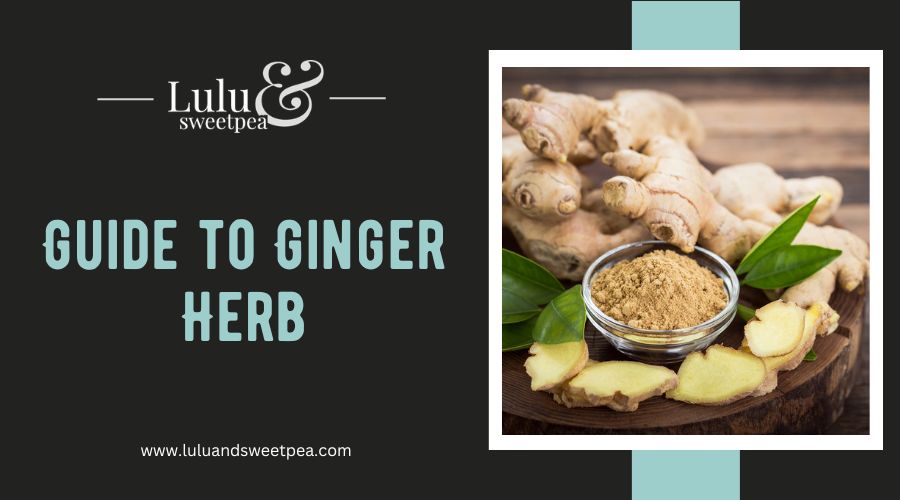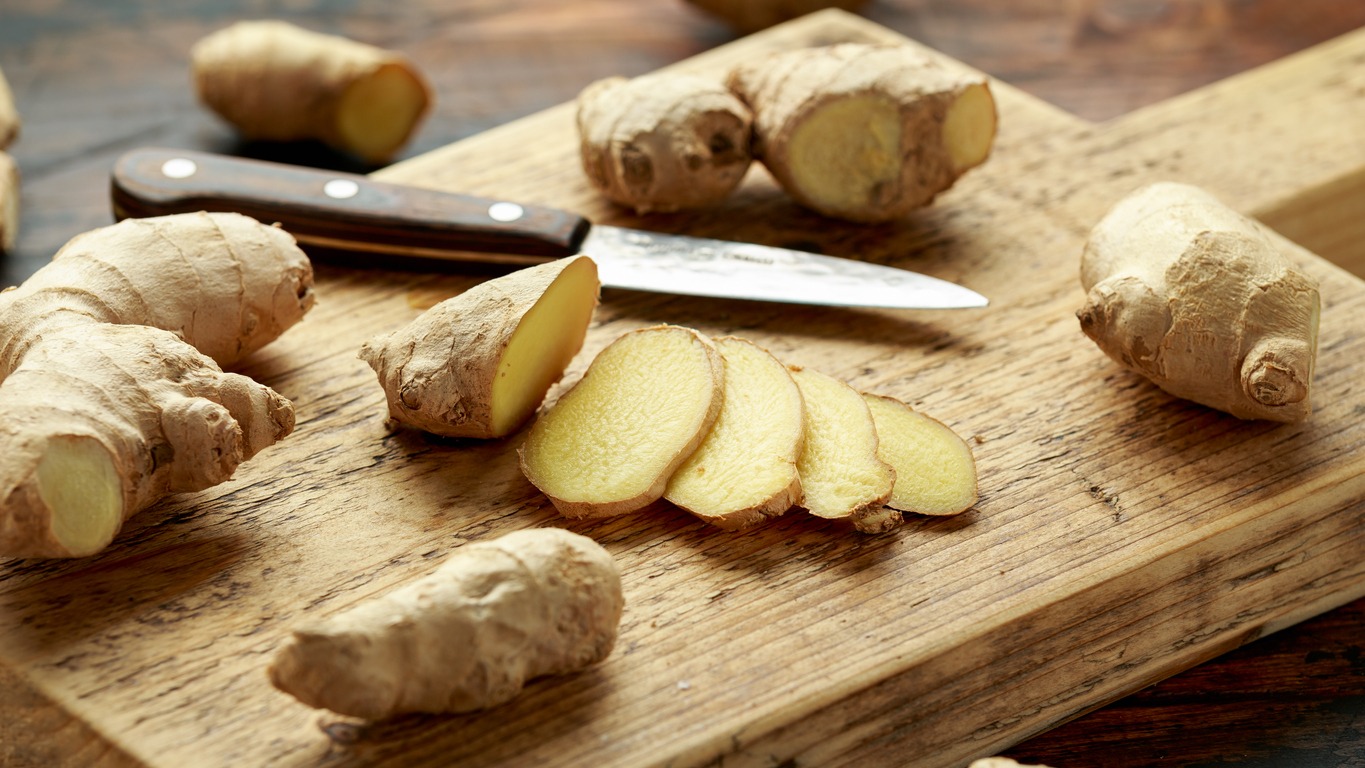Plants are generally divided into three kinds: trees, shrubs, and herbs. Scientifically speaking, herbs refer to herbaceous plants. Herbaceous plants have no firm and woody stems above the ground. Herbs have a variety of benefits, such as culinary, medicinal, aromatic, and ornamental uses. Herbs are typically small seed-bearing plants convenient for small spaces for growing and can best serve different purposes. Some herbs are tropical plants, such as ginger. Thus, ginger is suitable for anyone in a tropical country looking for herbs to grow for culinary or medicinal use.
Ginger is a tropical flowering plant with roots or rhizomes widely used as folk medicine and spice. It is a short-lived herbaceous perennial plant that grows up to one meter tall and has narrow leaf blades. China, Rome, Greece, and Arab countries have long used ginger as a medicinal plant. In Asia, ginger was therapeutic for stomach problems such as diarrhea and nausea. Other countries have used this plant to cure muscle and joint pain, menstrual cramps, and skin burns. Add, ginger was also familiar as a culinary spice in different dishes.
Origins of Ginger
Ancient evidence points to Maritime Southeast Asia as the origin place of ginger. Gingers are real cultigen, which means humans cultivated them. It didn’t exist in a wild state, and Austronesian people first saw its domestication; aside from ginger, Austronesians cultivated butter ginger, turmeric, and white turmeric. They used the rhizomes of ginger for kitchen spices and flavoring. Additionally, ginger leaves became helpful in weave mats. Austronesian people also believed in ginger’s significance in religious practices as gingers can serve as protection of spirits.
Characteristics of Ginger
Ginger grows up to 4 inches tall with grass-like leaves and greenish-yellow flowers. It has pink and white flower buds that grow in a cluster, and ginger’s buds eventually turn into yellow flowers when they bloom. The roots of ginger are typically gathered when the ginger stalk withers. After which, it is quickly scalded, washed, and scraped to prevent it from sprouting. The ginger plant has aesthetic appeal; thus, it is a good choice for landscaping in subtropical homes as ginger often adapts to warm climates.
Benefits of Ginger
1. Ginger helps with nausea
Ginger in ancient times was helpful for gastrointestinal problems. It can also help relieve vomiting as well as seasickness.
2. Ginger can help with muscle pain
Ginger can help lessen the discomfort from exercise-induced muscle pain. Data show that ginger doesn’t have immediate effects. It must be consumed or applied daily to notice its effectiveness. Experts believe that the anti-inflammatory properties of ginger help with muscle soreness.
3. Ginger can help with weight loss
Ginger’s connection to weight loss is due to its potential to help increase the number of calories burned or reduce inflammation. Ginger plants contain gingerols stimulating several biological activities. Obesity causes oxidative stress brought by damage from free radicals in the body. Ginger’s antioxidant properties can help control these free radicals.
4. Ginger can help with osteoarthritis
Osteoarthritis involves the degeneration of body joints leading to joint pain and stiffness. Gingers are packed with anti-inflammatory properties that can help lessen the pain caused by osteoarthritis.
How to Plant Ginger
1. Plant in early spring.
Ginger is a tropical plant that grows but does not survive in cold weather.
2. Choose your ginger.
There are many variations of ginger. Zingiber Officinale is the most common edible type of ginger; all you need is the root for planting.
3. Slice off the roots.
If you like to grow more than one plant, cut the ginger with a knife or shear and ensure each rhizome piece is up to two inches long with at least one bud.
4. Dry the roots.
After cutting, leave the roots in a dry location for a day or two before planting. Drying the ginger helps control the root rot.
5. Prepare the soil.
Ginger plants are like high-quality, well-draining soil. You can add aged manure to achieve the quality needed. Garden soil mixed with a well-prepared compost can do the trick.
6. Choose the correct location.
Ginger prefers an area with partial shade or areas with direct morning sunlight. The location should not be too exposed to wind and moisture. For ginger plants in pots, choose at least a container 12 inches deep. A plastic pot is more recommended than terra cotta pots.
7. Prepare to plant.
Plant each piece of ginger 2-4 inches below loose soil with the buds pointing upward. For row planting, keep each piece 8 inches apart from each other. Water well after planting, and leaves will emerge after one week.
Conclusion
Ginger is used in numerous ways, primarily for medicinal purposes and condiments. Although there is no scientific evidence to prove that consuming ginger or its extracts directly affects human health, its antioxidant property has proved to be an established and safe remedy for thousands of years. It’s not bad after all to consider growing ginger herb in your garden.

